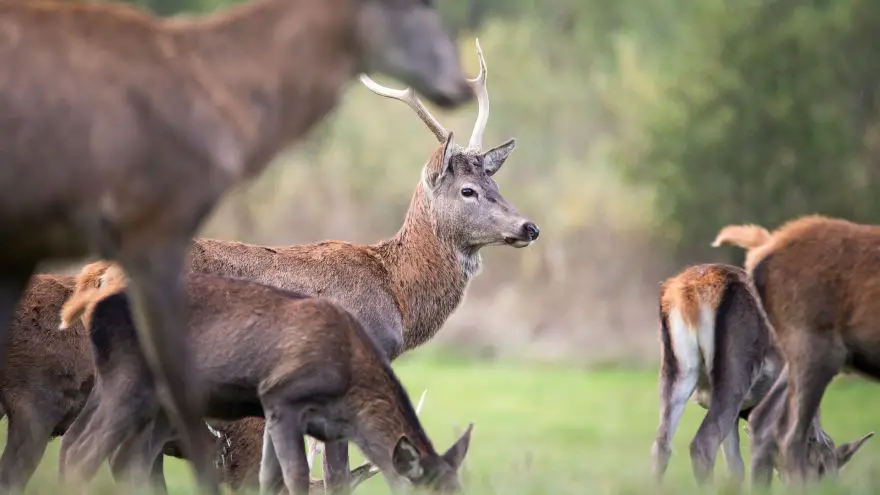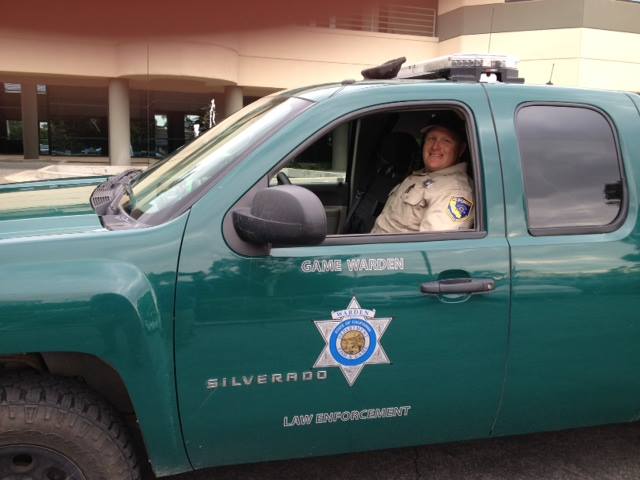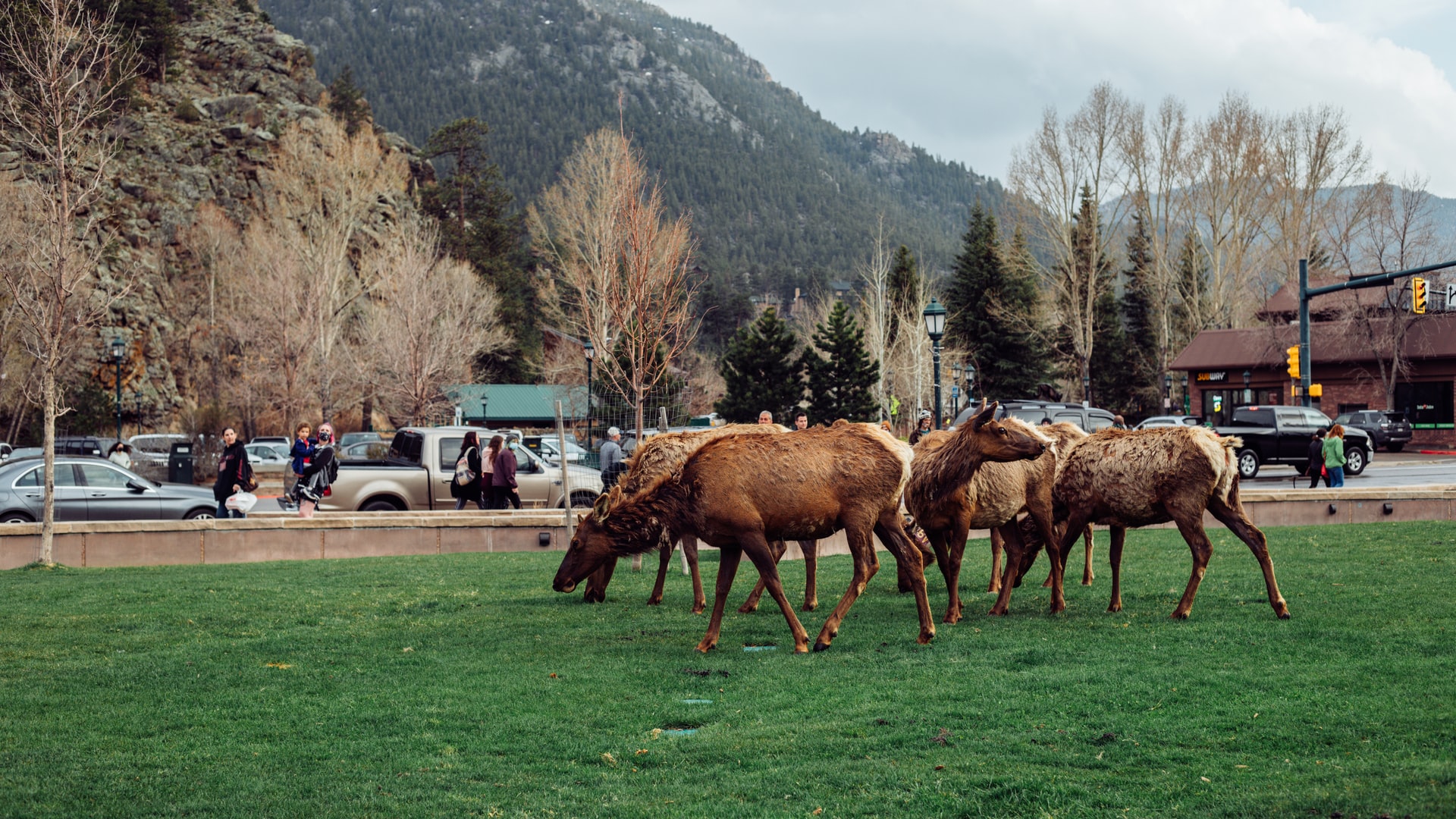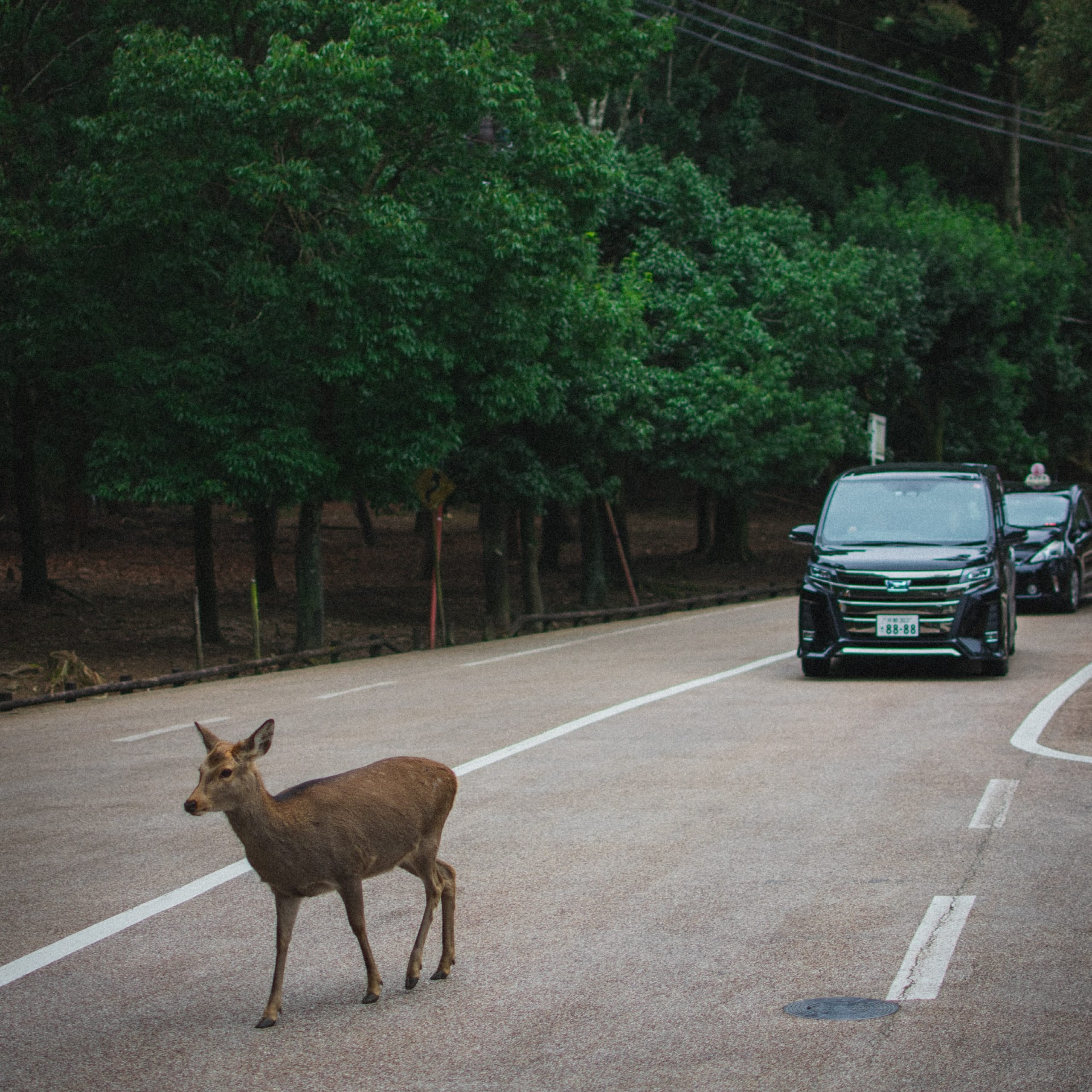Here’s How Hunting And Wildlife Conservation Go Hand In Hand
 Here’s How Hunting And Wildlife Conservation Go Hand In Hand
thegearhunt.com
Here’s How Hunting And Wildlife Conservation Go Hand In Hand
thegearhunt.com
To someone who is not an outdoorsman, hunting does not sound like a type of effort to help support habitats and environments.
Hunting can easily be misconstrued as an activity that damages wildlife, damages habitats, and negatively affects entire ecosystems. However, this cannot be further from the truth. Hunting is one of the largest wildlife conservation activities around for a multitude of reasons some obvious and some unexpected. Here are just a few ways how hunting and wildlife conservation actually go hand in hand.
Why Do We Need Tags And Stamps?
Hunters need to apply for licenses, tags, and stamps every year, in whatever state they want to hunt. Tags can greatly vary in cost as well. Sometimes as cheap as a $35 fishing license for an entire year up to thousands for certain animals like Dall sheep. All of these costs apply, whether or not a hunter successfully harvests an animal.
These tags go directly back to the Department of Natural Resources in the purchased state and this money goes directly back to supporting wildlife research and supporting the ecosystems these animals live in. Every year thousands of tags are purchased across the country in all US states, supporting their local environments and assuring that the animals and habitats survive for generations.

Another leading initiative is the Federal Duck Stamp system. Every duck hunter needs to purchase the federal duck stamp in order to hunt and these tags allocate nearly 98% of all profits towards conserving duck habitats and purchasing additional land and easements to provide more opportunities to hunters and habitats for ducks of all kinds.
Additionally, the purchasing of these federally protected properties provides unique habitats for additional species to thrive in an area where human intervention is not possible. These lands cannot be developed on, landscaped, and influenced by humans, they are simply left as they are to provide safe havens for different species.
Equipment Taxes and Legislation
Now the next time you want to buy that new bow, do it for conservation. Next time you want to go to the shooting range, shoot an extra box of ammo for conservation. In all seriousness, in the United States, there have been a few laws put in place to add taxes on purchases of firearms, ammunition, and archery equipment but use those taxes to help conservation attempts.
These laws play an incredibly important role in assisting state wildlife agencies in their conservation efforts. These additional funds go directly back into the public land and animals each state has and support many different industries surrounding hunting. Each purchase of an item in those categories means that for every $1 you spend on anything within these categories the Pittman-Robertson act of 1937 allocates $0.11 of that dollar to be redistributed to state wildlife agencies.
Since 1937, the Pittman-Robertson act has provided an astonishing $12 Billion to state wildlife agencies. $12 billion dollars to be redistributed towards researching wildlife, protecting endangered species, rebuilding damaged habitats, and purchasing more property to protect and preserve habitats.

This money is then distributed to different state and wildlife agencies based on their land area and their active hunter population validated through tag and license purchases. Each state is provided 75% federal funding towards projects as long as the state provides 25% funding from a non-federal source. This 75/25 split is quite significant, meaning that a majority of state projects are funded through the Pittman-Robertson act.
There is some controversy surrounding the Pittman-Robertson act, however, in the sense that it does not do enough for general outdoor conservation as it does for primarily fish and game conservation, since the funds are generally distributed state by state based on the amount of hunting land and tags in that state.
Some discussions surround adding the tax to all outdoors type equipment and then updating the act to spread money to more agencies and organizations to support a wider variety of outdoor recreation. Hunting is, unfortunately, becoming a less and less common activity over time, and this type of decision in legislation may become a reality.
Overpopulation and Game Management
As environments change and the world evolves, as do certain species. Certain environmental factors can positively influence the population of different species and over time this species may become overpopulated and begin to negatively affect the environments they are in. Plain and simple, too many animals in an area mean that the environment will be sucked of all its resources.

As resources begin to go bare, animals will begin to starve and look for new food sources. As the animals begin to wander they will eventually make their way into populated neighborhoods and highways. The animals wandering into new areas means that they may end up wandering onto roads and highways unexpectedly in the search for food and cause death, injury, and property damage.
Whitetail deer is a great example of property damages that can occur due to overpopulation. The “deer in the headlights” saying comes from whitetail deer and is, unfortunately, one of the last things you see as a driver before hitting a deer and potentially causing a severe injury to yourself, any passengers, and unexpected hardship due to damaged property.

These types of accidents cause hundreds of deaths and tens of thousands of injuries per year, and Hunters can play an important role in reducing overpopulated species and preventing a lot of these issues.
Hunters and hunting are heavily regulated through tags and licenses, giving wildlife management organizations a strong grasp on how they want to impact populations in a controlled way. It is easy for an increase in the animal population to be handled by increasing the number of available tags for that given animal population.

As hunters fill these tags, wildlife agencies will have instant feedback on the number of animals removed from a population and will be able to adjust their game management plans accordingly. The regulation present alongside the game management provided by government agencies creates an important feedback loop to continuously monitor and handle animal populations in the United States.
Conclusion
In conclusion, hunting and hunting-related hobbies have positive side effects on outdoor activities and recreation. The contribution hunters make simply through the activity of hunting has positive effects on conservation through the purchase of licenses, but most importantly the contribution hunters and non-hunters alike make through the Pitmann-Robertson act to state wildlife agencies.
Finally, hunters absolutely have a positive impact on game management and population control of animals that can negatively affect the environment they are in and surrounding areas over time.















